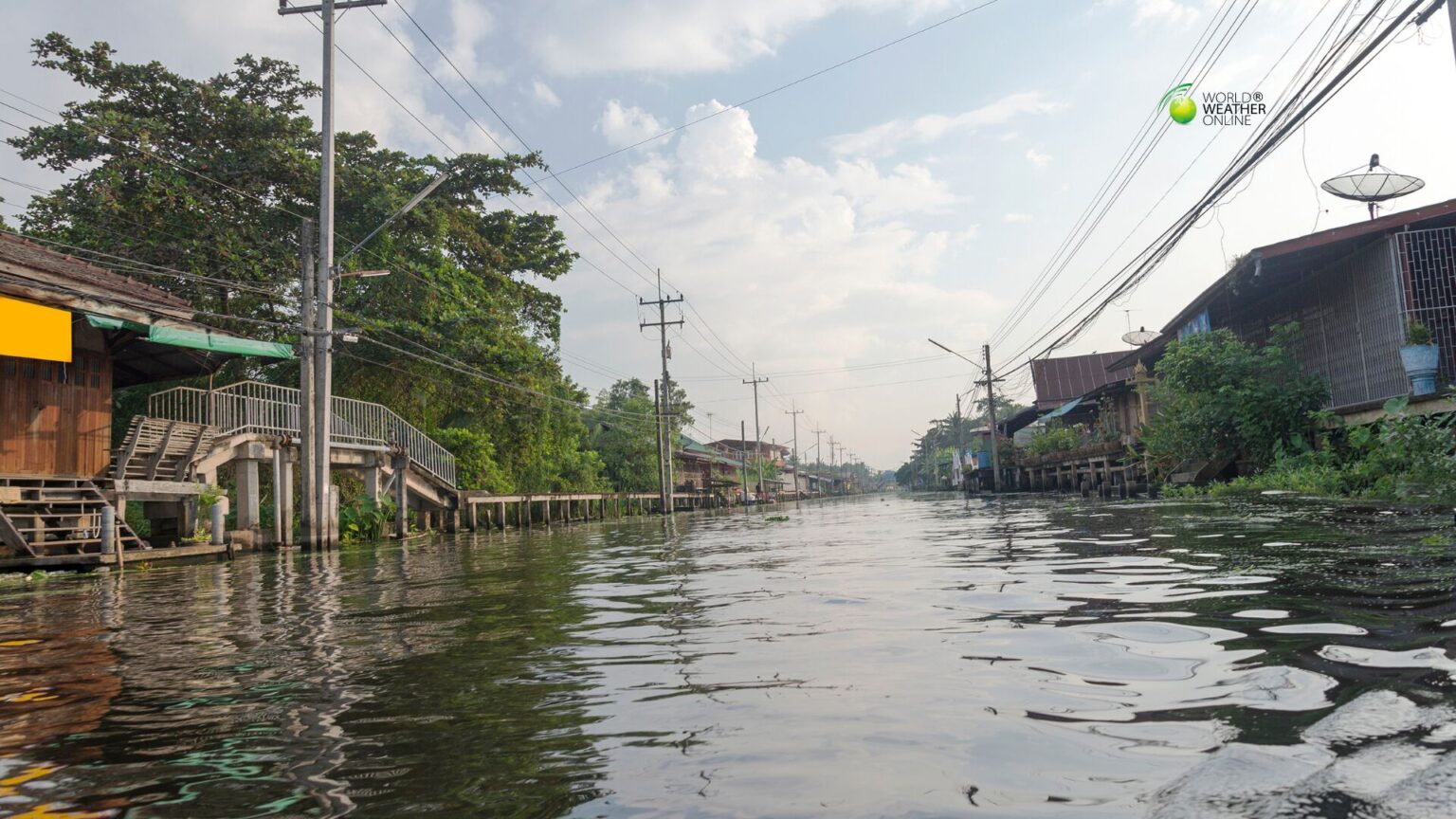The monsoon of August 2025 has been anything but ordinary. Across the hills of Uttarakhand and the streets of Delhi, the skies have unleashed torrents of rain that have brought life to a standstill, homes to ruin, and once calm rivers into roaring threats. Roads have disappeared, hotels have collapsed, and families have been torn apart by the sudden fury of water. It is one of the deadliest spells of flooding India has faced in recent years and perhaps the clearest sign yet of a climate in distress.
Uttarakhand’s Flash Flood Nightmare
In the early hours of August 5, a terrifying cloudburst struck near the serene village of Dharali in Uttarkashi district, triggering a violent flash flood. What began as heavy rainfall rapidly turned into a deadly cascade of water and debris that crashed through the village, sweeping away buildings, roads, and even places of worship. At least four people were confirmed dead, with more than 100 missing within hours.
Satellite images released by the Indian Space Research Organisation (ISRO) revealed the full scale of the destruction in which sections of the valley are now barren where homes once stood, and riverbanks torn apart by unrelenting flow.
Rescue operations have been extremely challenging. Helicopters flew in and out of the region, evacuating nearly 600 people, but the terrain and washed-out roads slowed efforts dramatically. Local residents voiced their anguish, accusing officials of prioritizing the evacuation of tourists over villagers.
Delhi Underwater
Even far from the mountains, the capital city wasn’t spared. Delhi experienced relentless rains over several days in early August. In just 24 hours, the city recorded more than 300 mm of rain, marking the heaviest single-day rainfall of the season. As the Yamuna River swelled beyond its danger mark, water surged into low-lying neighborhoods, forcing hundreds to flee their homes.
Major intersections in central Delhi were submerged. Vehicles stalled in waist-deep water. Metro services were suspended on key routes, and schools were shut down across several districts. The city’s already strained drainage system cracked under the pressure, leading to widespread criticism of urban flood preparedness.
Other States Drowning Too
While Uttarakhand and Delhi have dominated headlines, several other states have also been grappling with heavy losses. In Himachal Pradesh, landslides triggered by consistent rain have claimed at least 18 lives in just the past week. Meanwhile, the northeastern states, particularly Assam and Arunachal Pradesh, are again facing flood emergencies. Rivers are overflowing, roads have been washed away, and entire communities are stranded.
In total, over 120 lives have been lost across India due to monsoon-related incidents in the first week of August this year alone, and the count is still rising.
What’s Behind This Monsoon Madness?
Experts have long warned that climate change is disrupting monsoon patterns in South Asia. In recent years, the monsoon has not only arrived earlier, like it did this year, almost two weeks ahead of schedule, but it’s also becoming more erratic and extreme.
Warm air holds more moisture, and as temperatures rise globally, India is experiencing more intense cloudbursts, heavier rainfall in shorter durations, and a higher frequency of flash floods. Scientists have also pointed to glacial retreat in the Himalayas and an increasing number of glacial lake outburst floods (GLOFs) as major risk factors in regions like Uttarakhand.
Government Response: Action and Criticism
The National Disaster Response Force (NDRF), Indian Army, and state authorities have launched large-scale operations in affected regions. In Uttarakhand, teams have been deployed with sniffer dogs and drones to locate the missing. Relief camps have been set up in Dehradun, Delhi, and parts of Himachal Pradesh to shelter displaced families.
However, criticism has also poured in. Locals in remote areas report slow response times and a lack of coordination. In Delhi, urban planners are once again under scrutiny for failing to upgrade drainage and flood management systems despite repeated warnings over the past few years.
The Way Forward: More Than Just Weather
The IMD has issued continued heavy rainfall alerts for northern and eastern India through mid-August. Landslide-prone areas have been put on high alert. Yet beyond emergency response, the real question is whether India is ready to face the new normal of the monsoon.
Floods are no longer rare occurrences but are increasingly routine disasters. Better early warning systems, eco-sensitive construction policies, investment in urban infrastructure, and public education about disaster preparedness are essential.
The skies may soon clear, and the rivers may recede, but unless India acts with urgency, this year’s devastation will be repeated, perhaps more brutally, the next.




